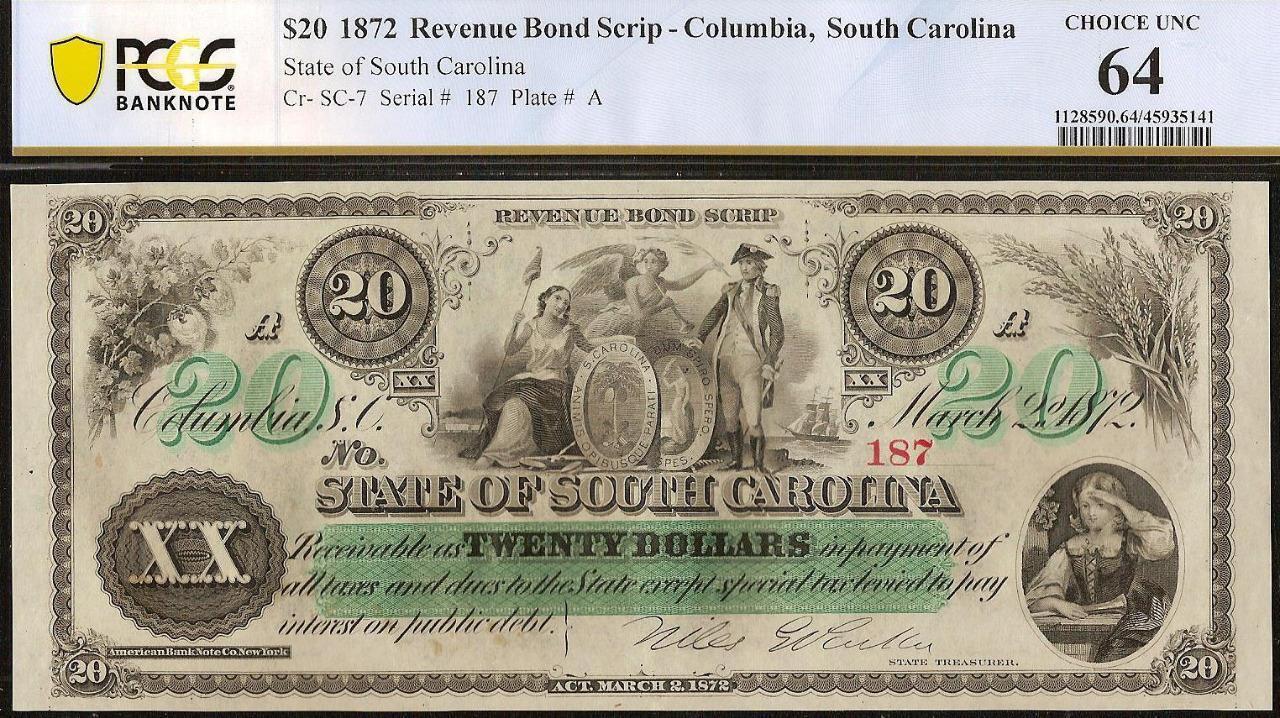-40%
1836 Bank of Lyons Wayne County, NY
$ 7.13
- Description
- Size Guide
Description
Title: – 1836 (#703) – Bank of Lyons, Wayne County, NY; Haxby NY-1295 G8.The town of Lyons, incorporated on 1 March 1811, was named after Lyon, France. It became the county seat of Wayne County, which was formed on 11 April 1823 from lands previously in Ontario and Seneca Counties.
There was failed interest in establishing a Bank of Lyons as early as April 1831 when the House of Assembly voted against the petition for a bank there. Several months later in January 1832 another petition was presented to the Assembly for consideration, but the proposed bank was repeatedly rejected until January 1836. The legislature debated the issue until on 17 May 1836 the bill passed and incorporation of the Bank of Lyons with capital of 0,000.
On 10 August 1836 at a meeting of the Bank of Lyons’ stockholders at the courthouse the following directors were elected: Ruben H. Foster, John Adams, Abraham L. Beaumont, Samuel Hecox, Jonas S. Towar, William Sisson, Daniel Chapman, Jacob Leach, Newel Taft, James P. Bartle, Rob. Alsop, W. H. Adams, and Herman Jenkins. The bank opened on Monday, 17 October 1836 and commenced business in a room of a brick building located on Williams St. The first president was Reuben H. Foster and first cashier was Thaddeus Bowman Bigelow, who signed a large number of notes on that date. Mr. Bigelow was a 1820 Harvard graduate, who was a successful merchant, served in the cashier position for about a year, when William H. Lacey was appointed to that position.
Mr. Foster was a successful farmer and a politically active republican. He served in the war of 1812; was elected sheriff in November 1825 (served three years); was appointed postmaster of Lyons from 1832 to 1842; and was elected in 1835 to the Assembly of the State Legislature representing Wayne County.
The bank was reasonably successful until the panic of 1837 set off a major depression. The financial impact was slow to hit the Bank of Lyons, but by November 1839 an injunction was placed on it. By the end of February 1840 some newspapers were predicting the explosion of the bank, but the bank made significant changes.
By May 1840 the bank had relocated to Church and Williams Streets and in that month the stockholders elected its new Board of Directors – a few of whom carried over from the old Board. Although Reuben Foster remained on the Board, the directors elected a new president, Jacob Leach, who had a strong performance record as a businessman. The former cashier, William H. Lacey, was replaced by Thaddeus Warsaw Patchin. (Note: Mr. Lacey took a position as a teller in the United States Branch Bank in Buffalo, but committed suicide the on 4 July 1840 by overdosing on laudanum.)
Jacob Leach was among the most successful early merchant in Lyons establishing a store in 1814 called Leach & Company. He did everything possible to save the bank including heavily investing his own money, but the die was cast, and he suffered significant losses when the bank finally broke in late 1842. The New York Tribune on 22 December 1842 reported:
We understand from good authority that the Directors of the Bank of Lyons have decided not to make any attempt to get the Bank on its legs again, but that a Receiver will be appointed and the Bank go into liquidation.
Ten years later in 1852 De Witt Parshall, a lawyer and highly successful real estate entrepreneur in Palmyra, ventured into the banking business and started a new and completely separate bank called the Palmyra Bank of Lyons. He was its first president and the cashier was M. C. Tucker. On 31 March 1857 he changed the name to The Lyons Bank, and in 1860 moved to Canal and Williams Streets. In 1865 after the adoption of the National Banking Act he converted the bank to “The Lyons National Bank.”
This note was printed from plate “A”
by Rawdon, Wright & Hatch
New York.
The central vignette is an allegorical figure of a seated Ceres holding a scythe and leaning on a sheaf of grain in a farm field with a plow, a pair of cows and a farmhouse in the background. On the end panels are identical engravings of a pair of gentlemen looking over a herd of cattle and some sheep. At the center bottom of the note is a canal lock with its doors closed, presumably the Erie Canal. The note
has a hand written serial number
703
and dated
Oct 17,
18
36.
It was signed by
T. B. Bigelow
, Cashier and
R. H. Foster
, President. The payee was written as
Wm. H. Adams
(one of the Bank Board of Directors).
This note is complete, circulated, and in very nice condition. It shows some aging and has a scattering of pinholes.














